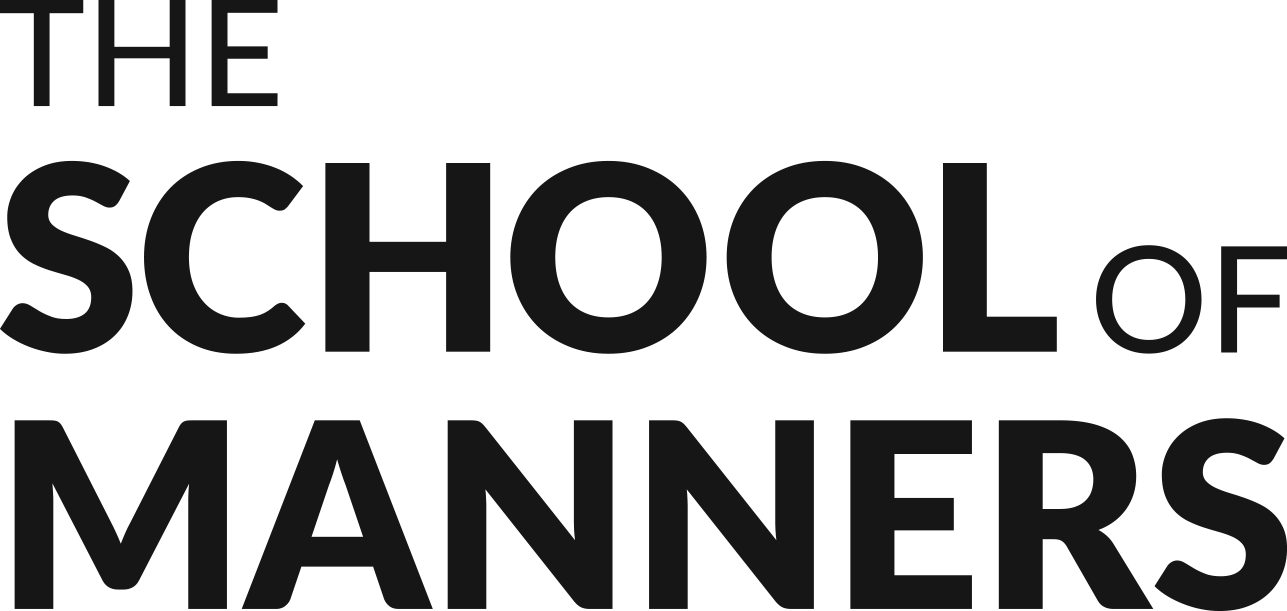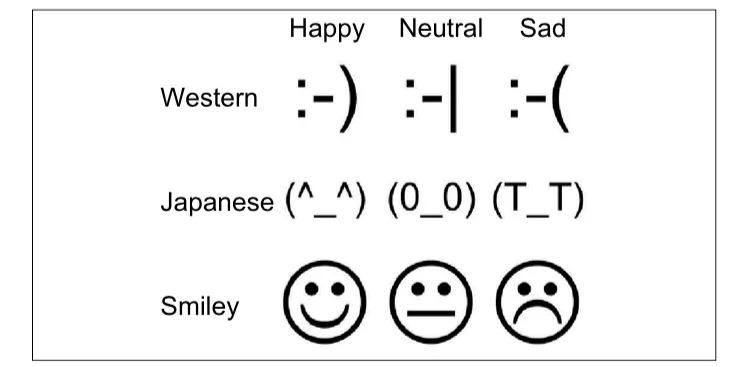Emojis: Cultural differences
Psychologist Albert Mehrabian famously claimed that only 7% of our communication is verbal and 93% is non-verbal; out of which body language is more than 55%. No wonder that people have felt the need to sooner or later include these human expressions in their written messages to better communicate their emotions and express their message.
Scientists have discovered that when we look at a smiley face online, the same very specific parts of the brain are activated as when we look at a real human face.
Emojis are used by about 90% (estimated) of the world's online population. Facebook claimed around 5 Billion emojis sent on its messenger platform in 2017 on World Emojis day. In 2015 Oxford Dictionaries chose an emoji as the ''Word of the Year''. Yes! That’s right – for the first time ever, the Oxford Dictionaries Word of the Year 2015 was a pictograph: 😂officially called the ‘Face with Tears of Joy’ emoji.
It might not be taught in school but emojis have definitely become the language of the digital era that Vyvyan Evans, author of The Emoji Code referred to as the “world’s first truly universal form of communication”, and even “the new universal language”.
2017- the first Emoji Translator job
However just like our body language and gestures don’t always perfectly translate from one culture to the other, emojis have soon been proved to be far from universal. Therefore in 2017 the first Emoji Translator was hired by Today Translations.
So let’s start by understanding the differences between emoticons and emojis.
Emoticons or “smiley faces” are typographic symbols that have been used in text-based communications since the early 1980s. The first documented use of a smiley face dates back to 1982, when Scott Fahlman wrote the following board message for Carnegie Mellon University computer scientists. Here’s his Internet-changing message:
“I propose the following character sequence for joke markers:
“:-)”
Read it sideways.”
Today, emoticons need a bit less explanation. But what nobody registered at that time is how emoticons that started it all were not themselves universal.
Culturally, Japanese, Chinese, South Koreans for example employ a vertical style like ˆ ˆ, while Westerners employ a horizontal style like :-).
This difference may be due to cultural reasons since most Eastern cultures are known to interpret facial expressions from the eyes, while Westerners tend to seek emotion an emoticon’s mouth.For the similar reasons, people from Eastern cultures are actually proven to be much better at reading real expressions because they concentrate on the eyes .
“Given that the eyes are more difficult to control than the mouth when people express emotions, individuals in cultures where emotional subduction is the norm (such as Japan) would focus more strongly on the eyes than the mouth when interpreting other’s emotions. By contrast, people in cultures where overt emotional expression is the norm (like US) would tend to interpret emotions based on the position of the mouth.” (Yuki, 2005)
Language is another variable for which the Westerners read the emoticons just like the way they normally read left to right while Japanese would rather see emoticons vertically.
Emojis were first created in the late 1990s in Japan but were not officially added to the Unicode Standard until 2009. Despite their growing popularity in our social and professional lives, the acceptance and use of emojis vary by cultures, by age and even by the language you speak. Moreover, the same emoji may display in a different way on other platforms. Therefore, you have to be aware that there will be misinterpretations based on the phone brand, for example.
With that in mind, here are the top 5 emoji examples that you should be aware of:
👌👌🏻👌🏼👌🏾👌🏿 “OK hand sign” became an official Unicode emoji in 2010 is actually an insult in Brazil where it is the same as giving someone the middle finger. In American Sign Language (ASL) the sign is used to represent the number 9 (nine) while in Scuba diving is the equivalent of thumbs up -”everything is ok”-. In Japan the sign is also used to signify wealth and money as the circular shape defines a coin; in order to avoid the awkwardness in talking about money (or bribes). Opposite to Japan in parts of France, Tunisia the gesture can be used as a sign of “zero” or “worth nothing”.
.🤟🤟🏻🤟🏼🤟🏽🤟🏾 similar to the “horns” this is actually the “I love you” sign in American Sign Language. Despite most people using it as “rock on” be careful at pointing this when talking about a person from Italy, Portugal, Spain, Colombia as this equally means that their partner is cheating on them.
👋👋🏻👋🏼👋🏽👋🏾 “waving hand” is commonly used as “hello”/”goodbye” greetings however this also can ruin a relationship with your Chinese friend on WeChat as it used to express “I don’t want this friendship anymore”
👍👍🏻👍🏼👍🏽👍🏾 “thumbs up” generally indicating approval or ok (especially in aviation). However flashing this gesture in Australia could be used as an insult. When it comes to counting, the gesture in Germany means one while in Japan means five.
🙏🙏🏻🙏🏼🙏🏽🙏🏾🙏🏿 “folded hands” have been commonly used as a high five, a prayer, Indian “namaste“ but it actually came from “please” or “thank you” in Japanese culture that brought the emojis to Unicode in 2010. Another two big misinterpretations of the Japanese emojis have been the 🙇♂️🙇♀️ “person bowing”, known as a “dogeza” in Japan which is used to express a sincere apology or a deep favor that many have misinterpreted as “person doing push ups”, “excited”, “cute person”, “lying down for massage” and the 💩 “Kin no unko” or golden poop, a sign of good luck and one of the most popular emojis in Japan that was most debated in the Western World.



